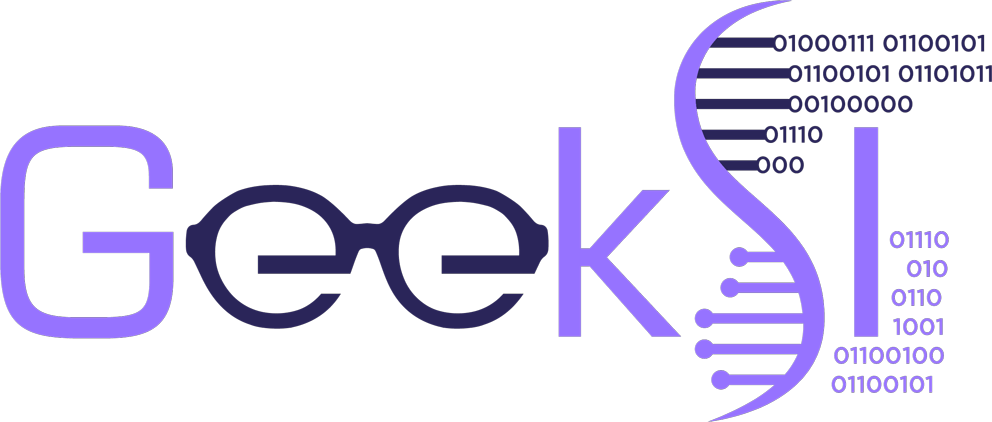API stands for Application Programming Interface which can initially come off as intimidating and confusing. What does Application Programming Interface mean? When taking a deeper look at what they do, it’s not that bad. Let’s try and break it down a bit: an API is an interface. An interface is defined as a point where two systems meet and interact, similar to a User Interface that users interact with APIs interact with applications. So, in a sense, an API is an application that interacts, or interfaces, with another application. An API generally is not an application by itself, thought it could be. It is usually added to or integrated with a larger application or service. Basically, an API is the middleman between two or more applications interacting with one another.
To further break down what an API is let’s go over an example. One of my favorite analogies is that of a restaurant. For example, when a customer sits down at a table and orders from a menu the waiter then takes their order to the kitchen and from the kitchen the waiter returns the order to the customer. Here the user is the customer, the menu is application 1, the waiter, the API. The kitchen is application 2. When the customer makes a decision, the waiter recognizes the choice and relays the dish to the kitchen. The menu, waiter, and kitchen have to work together to complete the order. An API exposes certain objects or actions that a developer can use to effectively connect these two applications. The waiter has to know what is on the menu, otherwise the kitchen won’t be able to complete the response.
If it wasn’t for APIs, developers would have to code differently to interact with every piece of software. Which is unrealistic and quite impossible to accomplish. Thankfully, APIs give developers the ability to make seamless communication between these applications, no matter the language or frameworks. Facebook, Twitter, and Google are just some of many companies that have APIs available for developers to add dynamic functionality to their own custom apps. Developers take advantage of these APIs by allowing users to sign into their personal accounts via Facebook or Twitter and comment on things like articles and videos or whatever the functionality of the customized app.



